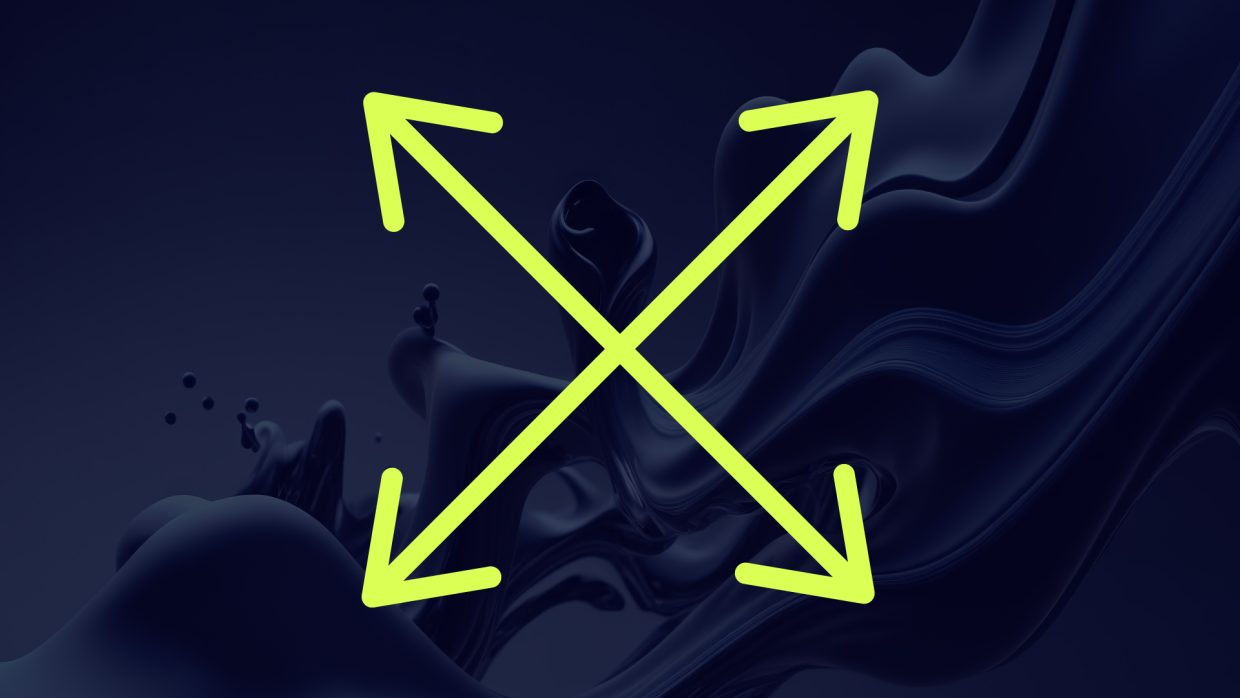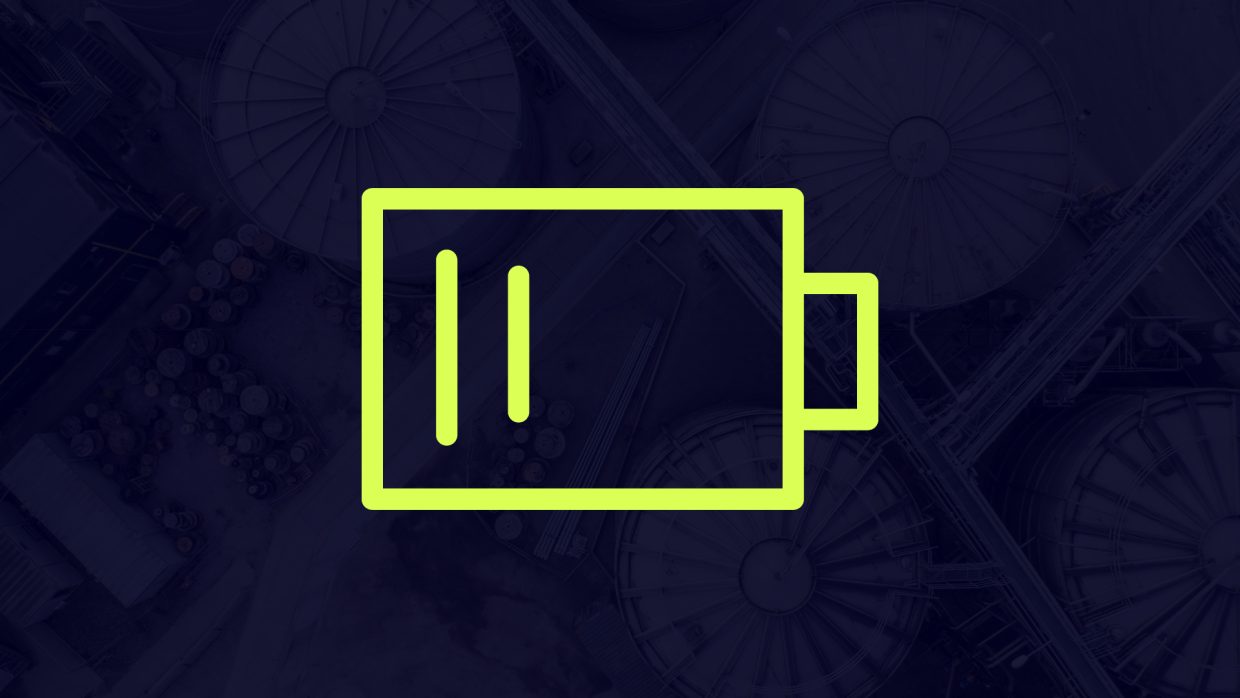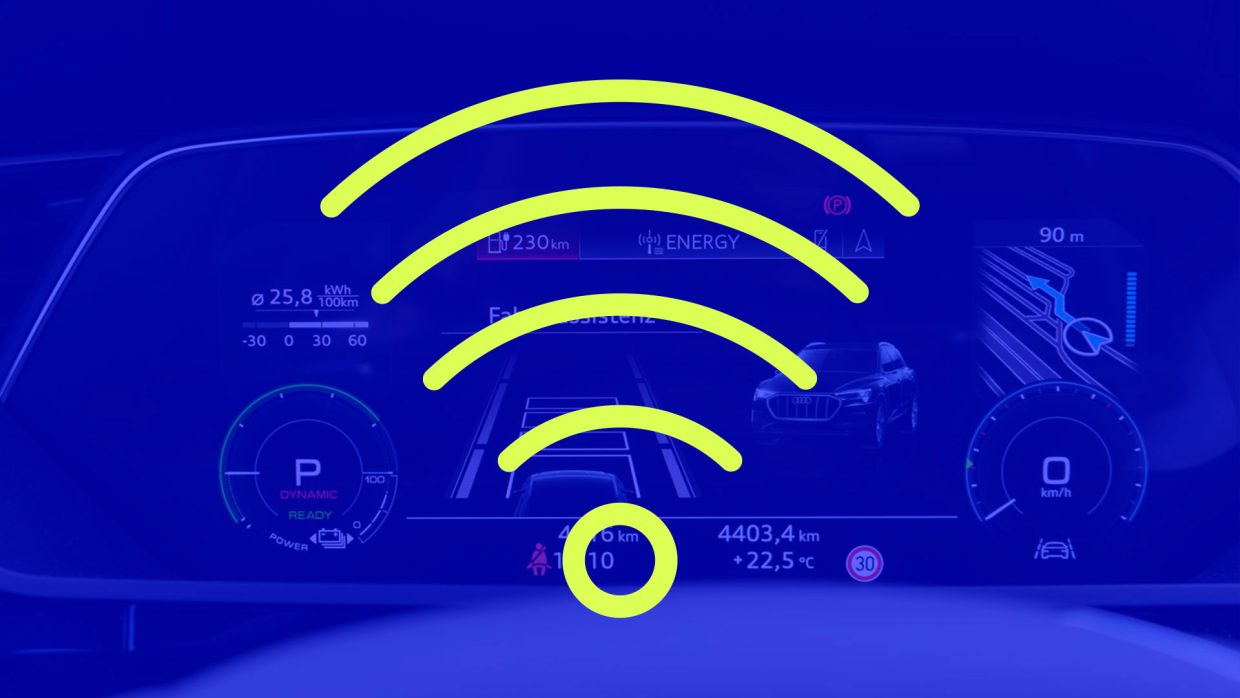For the first time, an electric vehicle exceeds the ideal value of 1.0: KIA EV6 recharges over 300 km range in 20 minutes and wins the third edition of the P3 Charging Index across all segments
Currently, almost all of the long-distance electric vehicles (EVs) which are coming to market can be charged with a charging power of more than 100 kW. Some EVs even offer a maximum charging power of more than 150 kW, or up to 270 kW. In a competitive comparison, electric vehicles are often compared in a simplified manner, using the maximum charging power in kilowatts [kW], even though this parameter itself is not reliable and representative of the realistic charging performance of electric vehicles.
The P3 Charging Index was developed to compare the real charging speed between various electric vehicles.
The decisive parameter for the user in this context is the time required to recharge the vehicle’s range (in km) – this results in the P3 Charging Index, comparing the suitability for long-distances and the daily usage of different electric vehicles. With the combination of the consumption and the charging curves of the vehicles, the recharged kilometers can be mapped over the required charging time. This enables a more accurate assessment of the fast-charging behavior of the vehicles.
At the end of 2019, P3, in cooperation with the industry service electrive.com, established an independent standardization by creating the P3 Charging Index (P3CI), that enables a user-related and realistic comparison of the fast-charging performance of electric vehicles and is now publishing the third edition of the P3 Charging Index in July 2022.
The ideal value of the P3 Charging Index of 1.0 corresponds to the ability of electric vehicles to recharge 300 km of range within 20 minutes, enabling a practical long-distance mobility from the customer’s perspective.

Since the first edition in 2019, the P3 Charging Index has been continuously developed along with the ever changing EV market. Therefore, for the first time, the P3 Charging Index no longer compares vehicles from all segments, but instead divides them into three categories based on the BAFA net list price1 of the models under consideration:
- Luxury class (BAFA-Net list price above 65,000 €)
- Premium class (BAFA-Net list price from >35,000 € to 65,000 €)
- Compact class (BAFA-Net list price up to 35,000 €)
In addition to eleven new EVs (including BMW iX xDrive50, KIA EV6 and Peugeot e-208 GT) listed in the P3CI for the first time, there are updates to vehicles from previous releases as well. In comparison to the second edition of the P3CI published in 20212, the Porsche Taycan charging curve has been updated with the new Porsche Taycan GTS, which has been available since spring 2022. In addition, the data of the Mercedes-Benz EQS450+ as well as the charging curves of the Mercedes-Benz EQA250 and the BMW iX3 (2020) have been updated.
—
1Cf. BAFA list of eligible electric vehicles (as of 01.07.2022)
2Cf. P3 Charging Index 2021 [Last accessed 21.06.2022]
Data collection for the P3 Charging Index
For a better comparison of the long-distance suitability of the vehicles, the range derivatives of the vehicles were compared with each other instead of performance. Furthermore, only vehicles equipped with the European charging standard CCS (Combined Charging System – fast charging with Combo 2 plug) were considered. For comparability of the data, all charging curves shown were measured by P3 experts at charging stations of the same manufacturer with a maximum charging power of 350 kW. Only the Tesla Model Y and the Tesla Model 3 were measured at Tesla Supercharger V3. The reason for this is that the maximum charging power of Tesla vehicles is only available at Tesla Superchargers. The vehicles tested were primarily press vehicles from the manufacturers. The selection of vehicles represents a cross-section of the market as large as possible, but not all the vehicles requested were made available to P3 by the manufacturers, which is why some individual electric vehicles might not be included in the P3CI.
The third edition of the P3 Charging Index considers a total of 21 vehicles clustered in the following segments (the battery capacities given are net values in kWh):
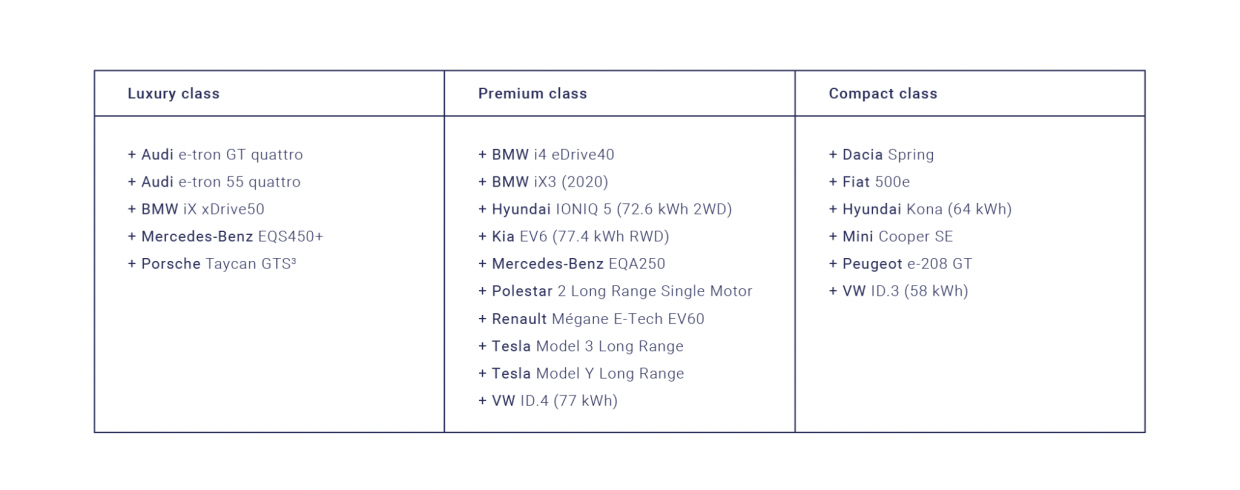
—
3Porsche Taycan GTS Sport Turismo model under consideration, shown in the text as Porsche Taycan GTS
Charging power is not a sufficient indicator for the charging performance of electric vehicles
The maximum charging power of electric vehicles is only achieved under ideal conditions and also requires that the battery has a relatively low State of Charge (SoC). It is also necessary that the battery has been preconditioned for fast charging (if the vehicle is equipped accordingly). The P3 Charging Index considers a charging window between 10 and 80 percent SoC, as this represents the best possible charging session based on the experience of P3 experts and users. Manufacturers’ charging durations are usually indicated for this range as well.
P3 charging curves for different battery electric vehicle (BEV) models
Luxury class
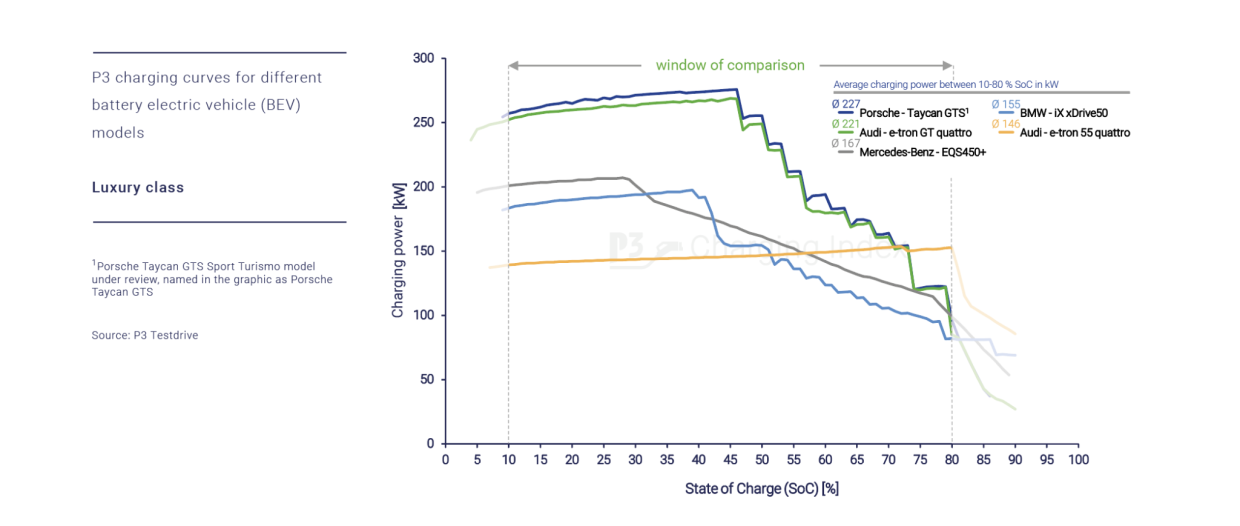
Premium class
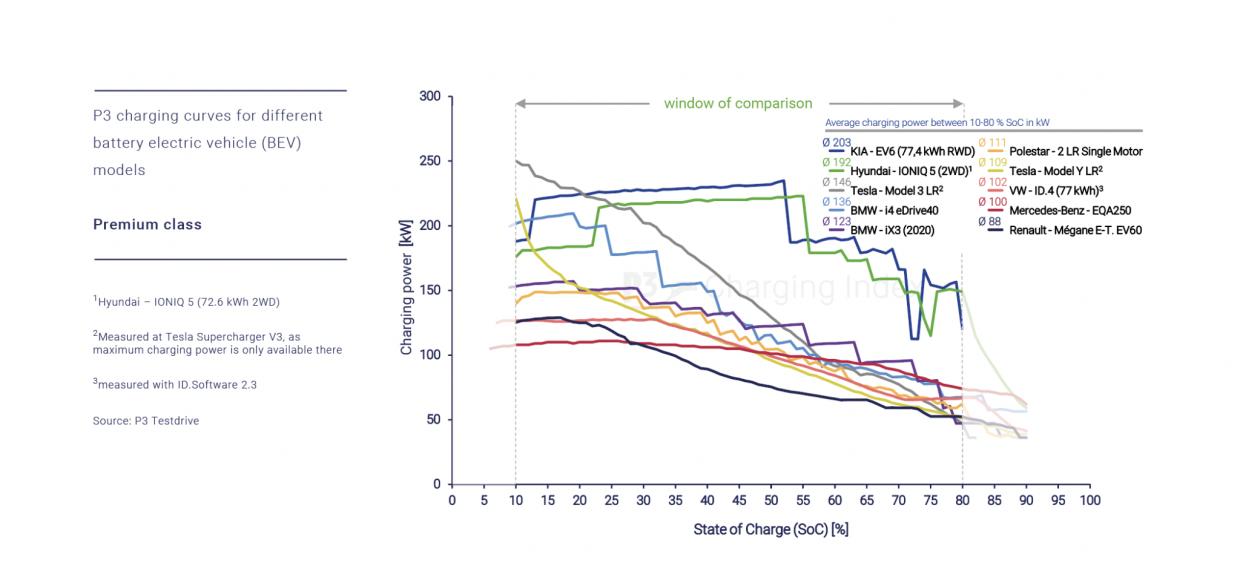
Compact class
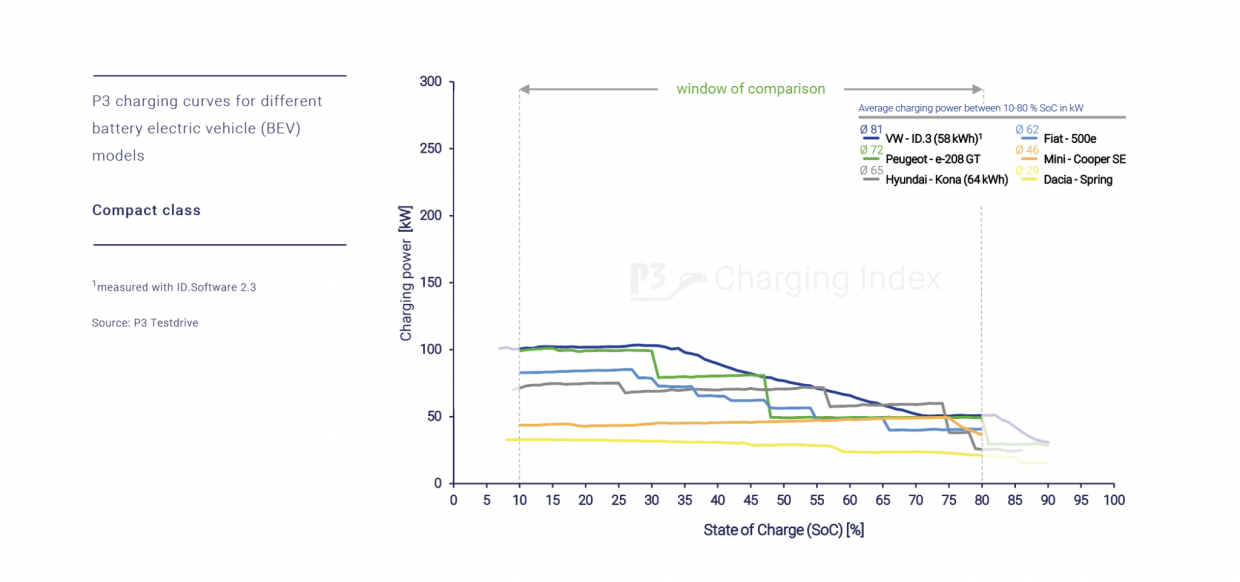
A comparison of different electric vehicles shows that the maximum charging power indicated by the manufacturers is only achieved for a few minutes during the charging session – and the vehicle-specific performance varies greatly. Looking at the average charging power in a “charging window” between 10 and 80 % SoC is representative to compare the charging speed of the vehicles with each other, which is also underlined by the comparison of selected vehicles:
Luxury class
Porsche Taycan GTS
The Porsche Taycan GTS with a maximum charging power of 276 kW which has been measured, achieves an average charging power of 227 kW in the selected charging window. Thus, Porsche has both the highest maximum charging power and the highest average power across all vehicles compared in the P3CI, which is also due to the vehicle’s 800 V architecture. This model can be charged to over 55% SoC with more than 200 kW at an appropriate charging infrastructure.
Mercedes-Benz EQS
The Mercedes-Benz EQS450+ is based on a 400 V architecture, however, its high battery capacity of 107.8 kWh enables a peak power output of around 210 kW and an average value of 167 kW in the measured SoC window (10-80%).
BMW iX xDrive50
The BMW iX xDrive50 has a 105.2 kWh battery and, like the Mercedes, is based on a 400 V architecture. At its peak, the iX reaches a maximum charging power of 197 kW and is charged at an average of 152 kW from 10% to 80% SoC.
Premium class
KIA EV6
The KIA EV6 takes the lead in the premium class. Like the Hyundai IONIQ 5, the EV6 is based on the Hyundai Group’s 800 V E-GMP platform and manages a maximum charging power of around 235 kW at peak. On average, it can be charged with 203 kW up to the 80% SoC target under ideal conditions.
Tesla Model 3
The Tesla Model 3 is stated by the manufacturer to have a maximum charging power of about 250 kW at a Supercharger Version 3, but it only achieves an average charging power of 146 kW within P3CI measurements, since the charging curve within the charging window (10 and 80% SoC) drops more than that of other vehicles. This behavior can also be observed in the Tesla Model Y, which reaches a maximum of 221 kW at a Tesla Supercharger Version 3.t.
BMW i4
The electric components of the BMW i4 have been integrated into the chassis of the conventionally powered BMW 4 Series Gran Coupe. Like the BMW iX, the BMW i4 uses BMW Gen5 eDrive technology on a 400 V architecture. At peak, the BMW i4 manages around 210 kW of charging power while the average is 136 kW.
Compact class
VW ID.3
The compact segment is led by the VW ID.3 with the 58 kWh battery: the vehicle was charged with a maximum of 103 kW with the ID.Software 2.3 and achieves an average of 81 kW, which both show the best performances in the compact segment.
Consumption of the vehicles according to WLTP and ADAC Ecotest [kWh/100km]
In order to assure realistic consumptions of the individual electric vehicles in the calculation of the P3 Charging Index, the ADAC Ecotest consumptions have been included. These can be seen in the graph in comparison with the WLTP consumption. The electric cycle is run in one piece and repeated until either a SoC <50% is reached or the cycle has been run six times. Finally, the vehicle is fully charged using a Type 2 charging plug (22 kW or maximum possible AC charging power) and the required electrical energy is determined. The energy measurement also considers the charging losses which occur during normal charging (AC charging).4
—
4Cf. ADAC
Luxury class
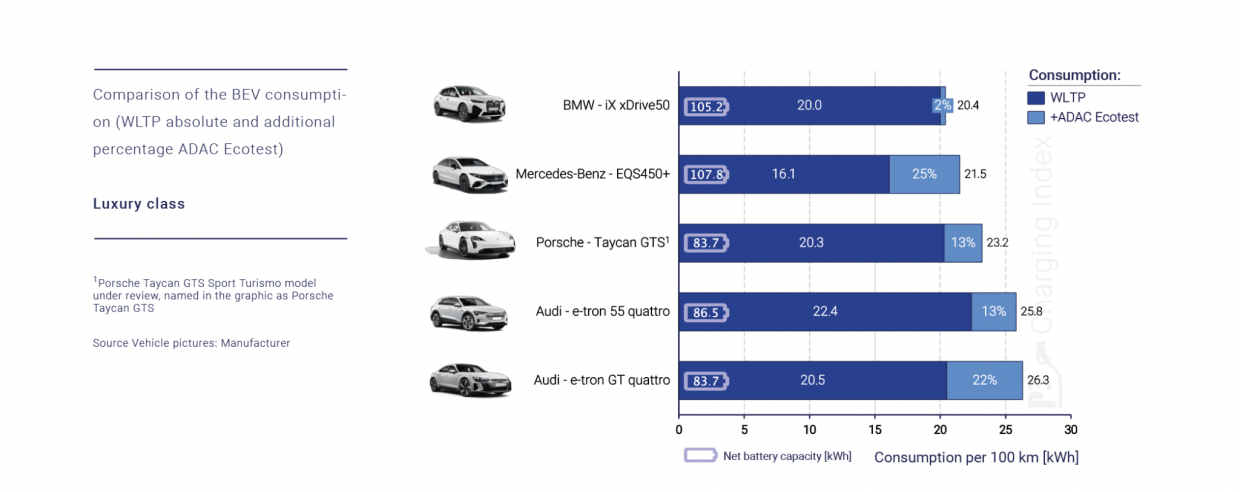
Premium class
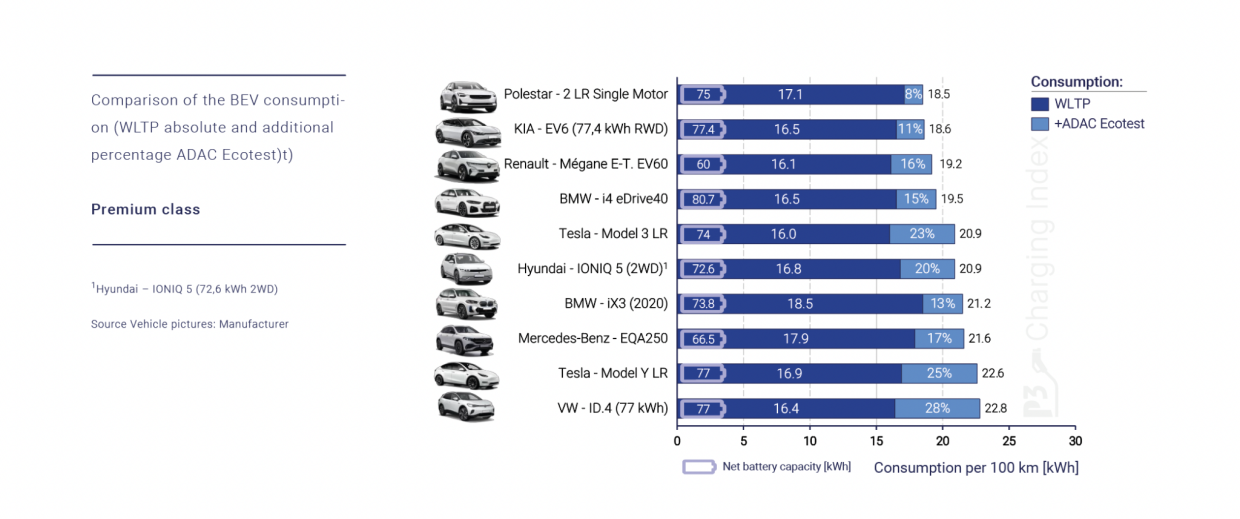
Compact class
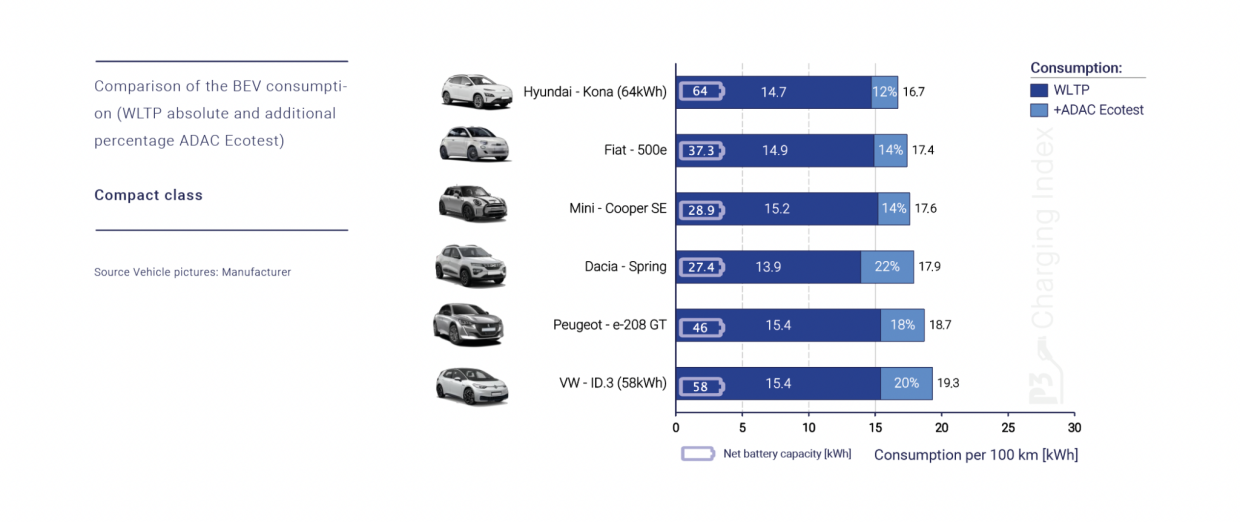
From a customer’s perspective, consumption and charging duration must also be considered in the evaluation
From the customer’s perspective, neither the maximum charging power nor the consumption are individually determining the long-distance suitability, because a typical, real charging session needs to answer one important question for the electric vehicle driver:
What range is required to reach the next destination and how long does it take to recharge that range?
Consideration of the recharged distances (km) within the P3 Charging Index – Luxury class
In the luxury class, the three leading models are moving even closer to the ideal value of the P3 Charging Index of 1.0 and lead the field across all segments:
The best value in the luxury class was reached by the Mercedes EQS450+, and a value of 0.92 was determined. In just 10 minutes, the EV from Stuttgart had recharged an impressive 154 km. After an additional 10 minutes, the EV had recharged another 121 km. The rate corresponds to a recharged range of 275 km in just 20 minutes.
The BMW iX xDrive50 (0.91 in the P3 Charging Index) follows close behind, having 273 km recharged after just 20 minutes. The SUV recharges 157 km in the first 10 minutes and 116 km in the next 10 minutes.
Right after the iX comes the Porsche Taycan GTS in a close third place with 183 km recharged after 10 minutes, well ahead of the Mercedes and BMW in the first 10 minutes. However, with only 88 km in the second 10 minutes, the Taycan results in a total of 271 km after 20 minutes and a P3 Charging Index of 0.90.
The two Audis fall slightly behind: The e-tron GT quattro achieves a P3 Charging Index of 0.79 and can recharge 237 km in 20 minutes. The Audi e-tron 55 quattro, which has been available on the market since 2019, achieves a P3 Charging Index of 0.63 with 188 km recharged in 20 minutes, but still offers a relatively constant charging power of almost 150 kW with up to 80% SoC.
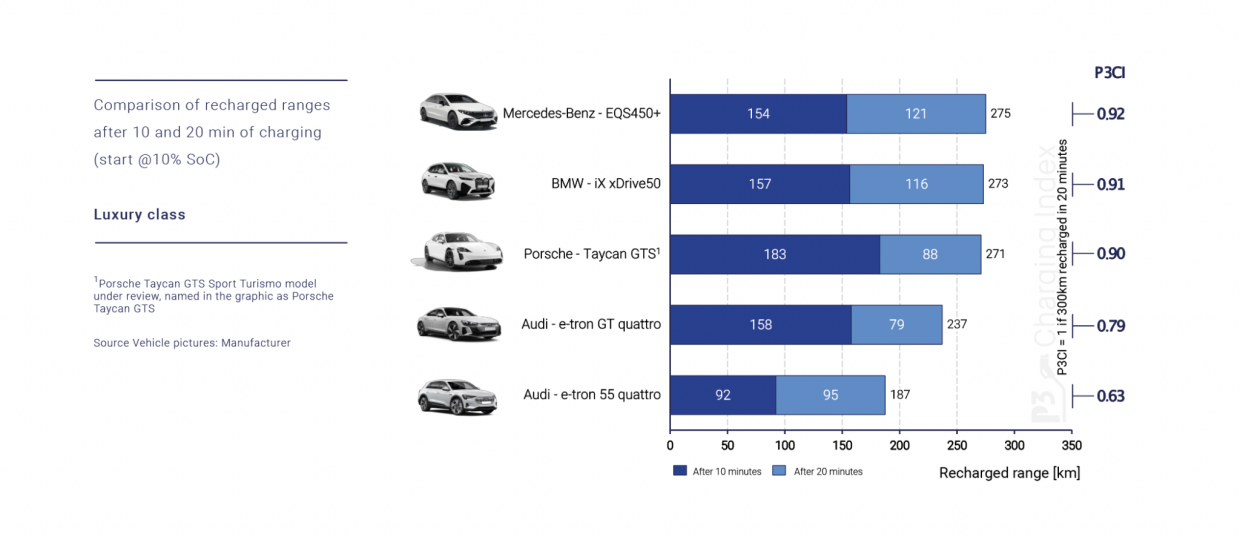
Consideration of the recharged ranges (km) within the P3 Charging Index – Premium class
The KIA EV6 with a 77.4 kWh battery and rear-wheel drive is the first electric vehicle ever to reach the ideal value of 1.0 and even slightly exceeds the value with 1.03. Thus, it wins the third edition of the P3 Charging Index across all segments. The electric vehicle from the South Korean manufacturer can recharge 309 km of range in 20 minutes which further emphasizes the vehicle’s long-distance capability.
The Hyundai IONIQ5 that is like the Kia based on the E-GMP platform is following close behind with a P3CI of 0.91 at 272 recharged kilometers in 20 minutes.
The third place goes to the BMW i4 eDrive40, achieving a total of 235 recharged kilometers after 20 minutes with a P3 Charging Index of 0.78, although having a 400 V architecture and the resulting lower charging powers.
The Tesla Model 3 Long Range can only secure fourth place with a P3CI of 0.74 at 221 recharged kilometers in 20 minutes despite the highest maximum charging power in the premium class by using the Supercharger V3. However, the Tesla is also the vehicle with the longest market availability in this segment – the Model 3 has been delivered to customers since 2018.
The Polestar 2 Long Range Single Motor which is particularly efficient with a consumption of 18.5 kWh can compensate well for its rather average charging performance of 111 kW in the considered charging window. The mid-size sedan achieves a P3CI of 0.73 and recharged 218 km in 20 minutes.
The VW ID.4 (with ID.Software 2.3) is ranked behind the Tesla Model Y Long Range (0.58) in the P3 Charging Index with a value of 0.57, which means 171 km (ID.4) or 175 km (Model Y) after 20 minutes.
The Mercedes Benz EQA achieves a P3CI of 0.54 and can recharge enough energy for 163 km in 20 minutes.
The field is rounded off by the Renault Mégane E-Tech EV60 which recharges a total of 160 km after 20 minutes.
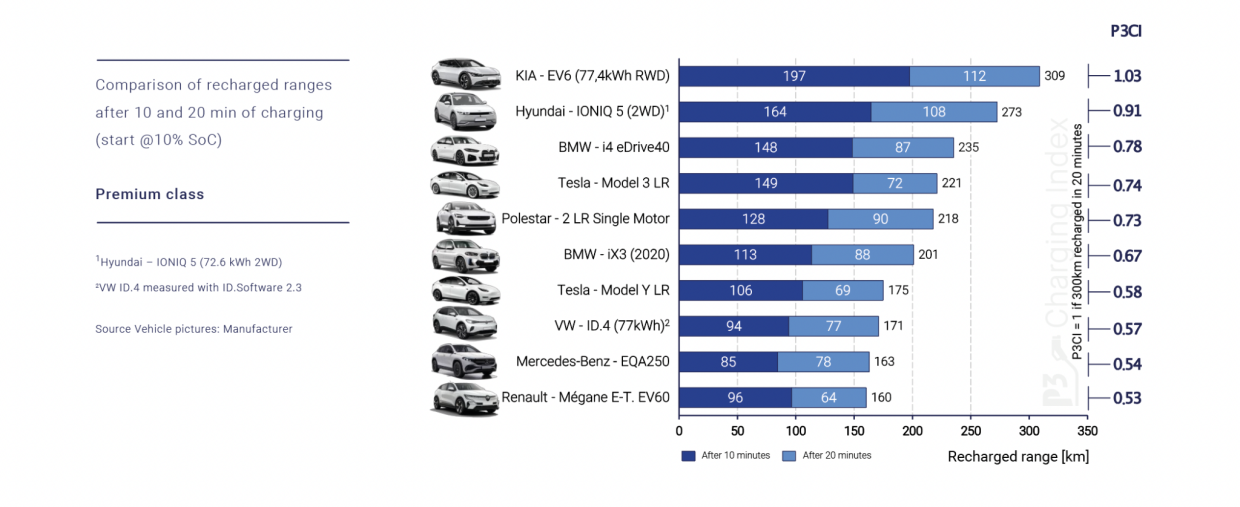
Consideration of the recharged ranges (km) within the P3 Charging Index – Compact class
In the compact class the ID.3 (58 kWh) (ID. Software 2.3) leads the field with a P3 Charging Index of 0.51 and can recharge around 154 km of range in 20 minutes.
The Hyundai Kona with a 64 kWh battery is close behind with a P3 Charging Index of 0.48 and can recharge around 144 km in 20 minutes.
The Peugeot e-208 GT (0.43), identical in construction to the Opel eCorsa, and the Fiat 500e (0.41) follow.
The MINI Cooper SE which is in high demand but uses technology from the BMW i3 (on the market since 2013), follows at a considerable distance with a value of 0.29.
The field is closed by the Dacia Spring achieving a P3 Charging Index of 0.20 and corresponds to 59 recharged kilometers in 20 minutes.
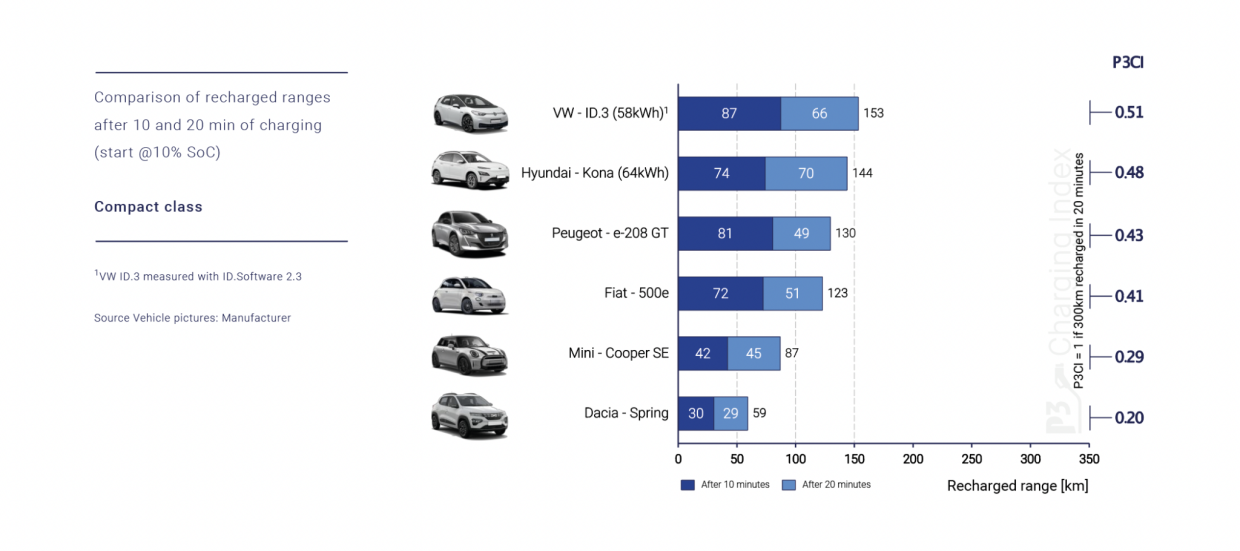
Consideration of the recharged ranges (km) within the P3 Charging Index – Top 5
1st Place
The KIA EV6 emerges as the winner across all segments with a score of 1.03 in the third edition of the P3 Charging Index, compensating for a slightly lower charging performance than some luxury class vehicles thanks to its high efficiency. Consequently, the KIA EV6 is the first electric vehicle to exceed the ideal value of 1.0 in the P3 Charging Index.
2nd Place
The Mercedes-Benz EQS450+ follows in second place with a P3 Charging Index of 0.92.
3rd/4th Place
BMW iX xDrive50, launched in 2021, and the Hyundai IONIQ 5 share third place with a P3CI of 0.91 each.
5th place
The fifth place goes to Zuffenhausen sports vehicle Porsche Taycan GTS which, despite the best maximum and average charging performance in the field, ranks just behind the previously mentioned vehicles in the P3 Charging Index with a P3CI of 0.90 due to its higher consumption.
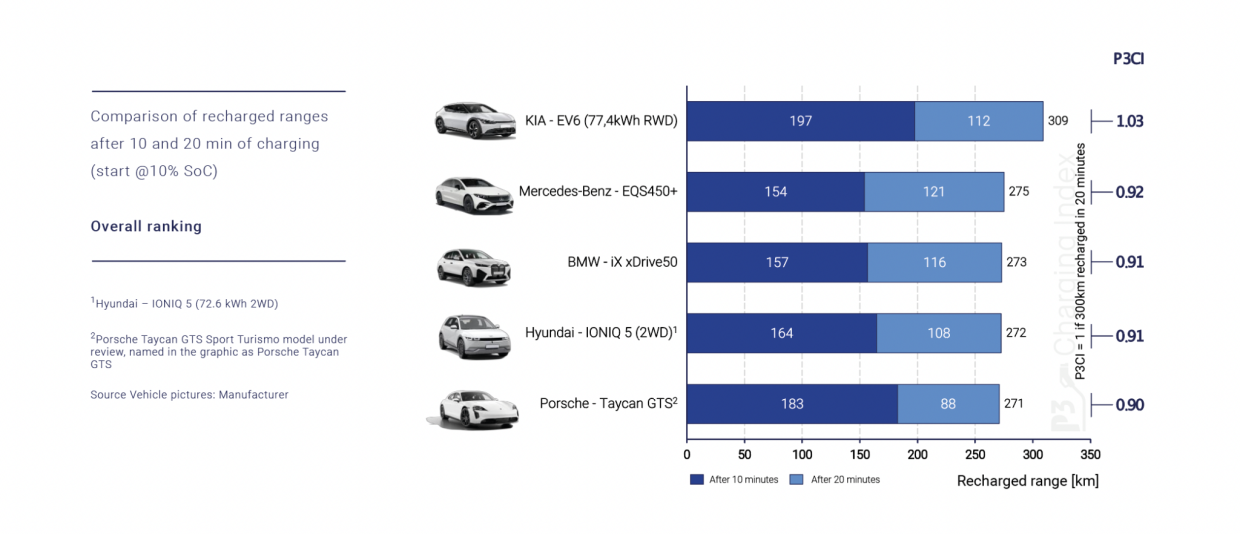
Summary
In its third edition, the P3 Charging Index once again compares the real and practical charging performance of electric vehicles and – on top of that – divides the ever-growing number of vehicles into three categories for the first time. It considers both, the maximum and average charging performance of vehicles, pairs this with overall efficiency, and normalizes these metrics to a practical and realistic use case. Remarkably, the KIA EV6 wins the P3 Charging Index across all categories with a score >1.0. This clearly indicates that the decisive development towards long-range suitability is not only taking place in the luxury class of electric vehicles but is driven forward in other segments simultaneously.
It is also clear that the long distance suitability of electric vehicles depends on multiple factors. An example of this is the 800 V architecture enabling higher charging power but only having a positive overall impact on long distance suitability in conjunction with low consumption. Although the Mercedes-Benz EQS450+ and the BMW iX xDrive50 can also achieve high charging capacities with their 400 V architecture, they would not be able to achieve the recharged ranges without their low consumption.
The matter of long distance capability is rounded off by the vehicle battery’s need for preconditioning, as this has a considerable influence on good charging performance, especially at low temperatures, and thus can significantly affect the recharged range per time. The behavior of some vehicles at low temperatures without preconditioning were most recently observed in the past winter, which is the reason why P3 has dedicated itself to this topic in a further publication in April 2022:
Study – Cell behavior at low temperatures and the importance of precondition
The current leading edge of the P3 Charging Index ranges from a P3CI of 1.03 to 0.90 across five vehicles. The progression of electric vehicle development can be inferred by looking at the P3 Charging Index over time as follows: While the peak values were ~0.7 in the first release in 2019, the ideal value of 1.0 is now exceeded for the first time. The improvement in fast charging capability extends across all segments and even the compact class vehicles with values in the range of 0.51 to 0.43 in the P3 Charging Index are above some premium electric vehicles of previous generations, e.g. the Mercedes-Benz EQC400 with 0.42 or the Jaguar i-Pace with 0.37.
For further vehicle development both the increase in charging power and the optimization of consumption values must be considered. On the one hand, it can already be expected that new electric vehicles achieve charging powers of more than 300 kW in the future (e.g. Rimac Nevera with up to 500 kW5 according to the manufacturer’s specifications or Lucid Air which was documented to have a maximum charging power of 304 kW6 during test drives). On the other hand, the focus is shifting to consumption as the second adjusting screw where further improvements can be expected in the future through additional increases in efficiency. A prime example of this is the Mercedes-Benz VISION EQXX which drove a distance of 1,202 km on one battery charge in real road traffic during a test drive in June 2022 consuming only 8.3 kWh/100km.7
Although increasing the battery capacities in the vehicles results in an improvement of the value of the P3 Charging Index, P3 believes it does not make sense technically nor economically, to continue increasing the battery sizes. Rather the focus should be on the optimization of charging power, efficiency, and possibilities of vehicle and battery conditioning. These are the most important factors for optimal performance and user-friendly electric vehicles in the future.
Current vehicle updates and new versions are included in the P3 Charging Index. However, this is always dependent on vehicle and update availability at the time of testing. For example, new values can be expected for the VW models as the models under ID.Software 3.0 are available with increased charging performance. At the time of publication, ADAC had not yet published consumption data for an ID. Model with ID.Software 3.0. Updates and deviations in future publications will be marked.



